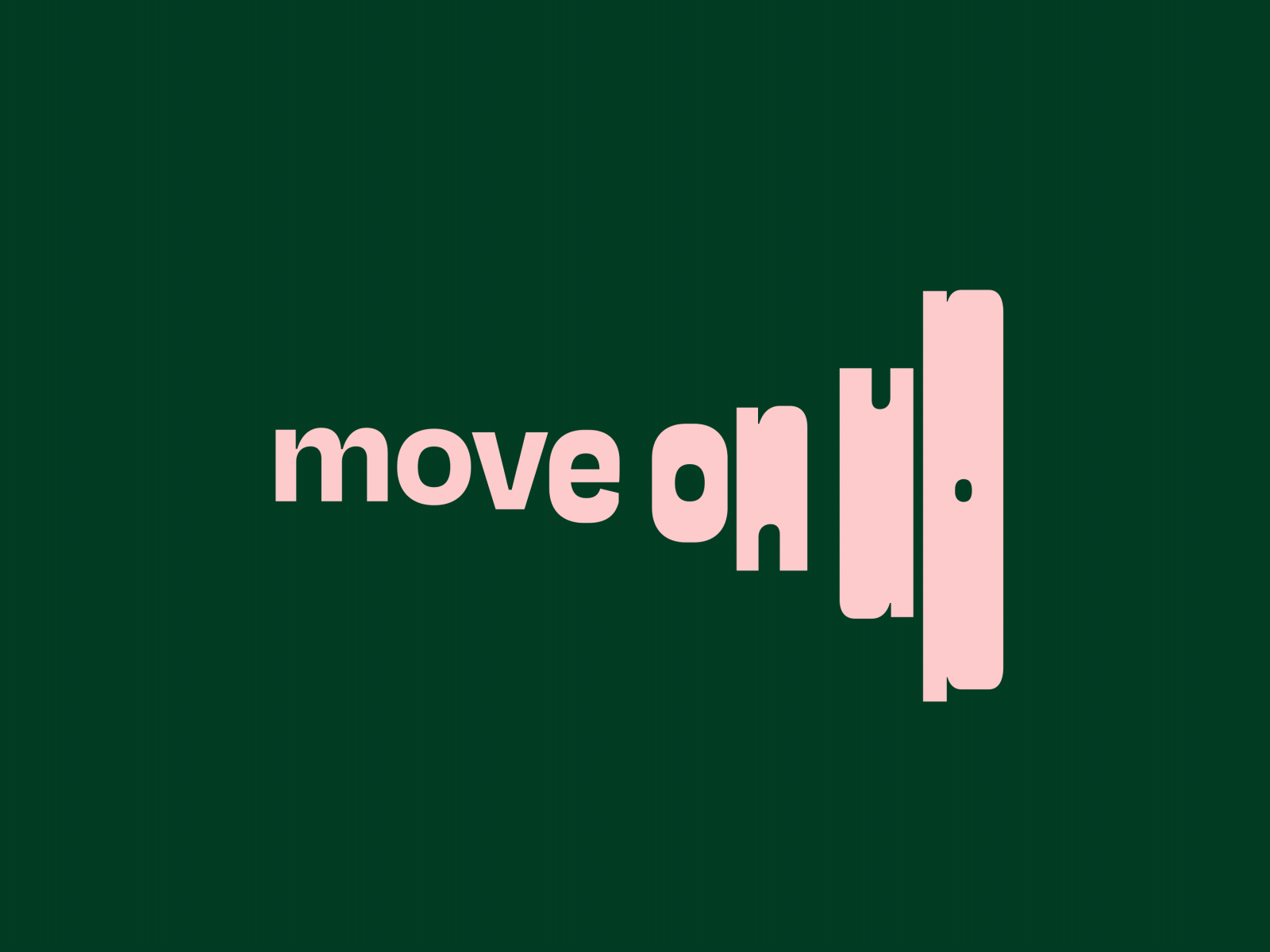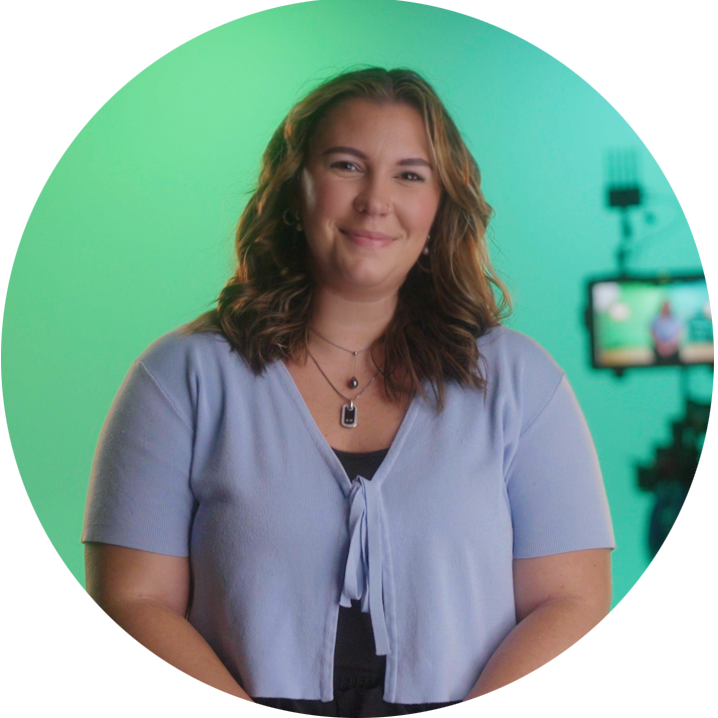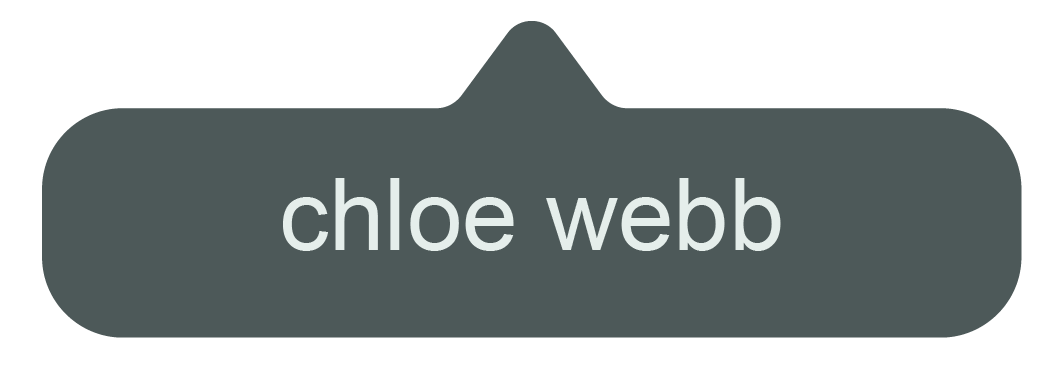2024 Design Trends
December 13th, 2023
The Up & Up
AI
The future of AI and design could look like fast tracked brainstorming, the generation of color variations or design variables. It’s important to embrace the possibilities that change can bring and focus on how it can help rather than hurt.
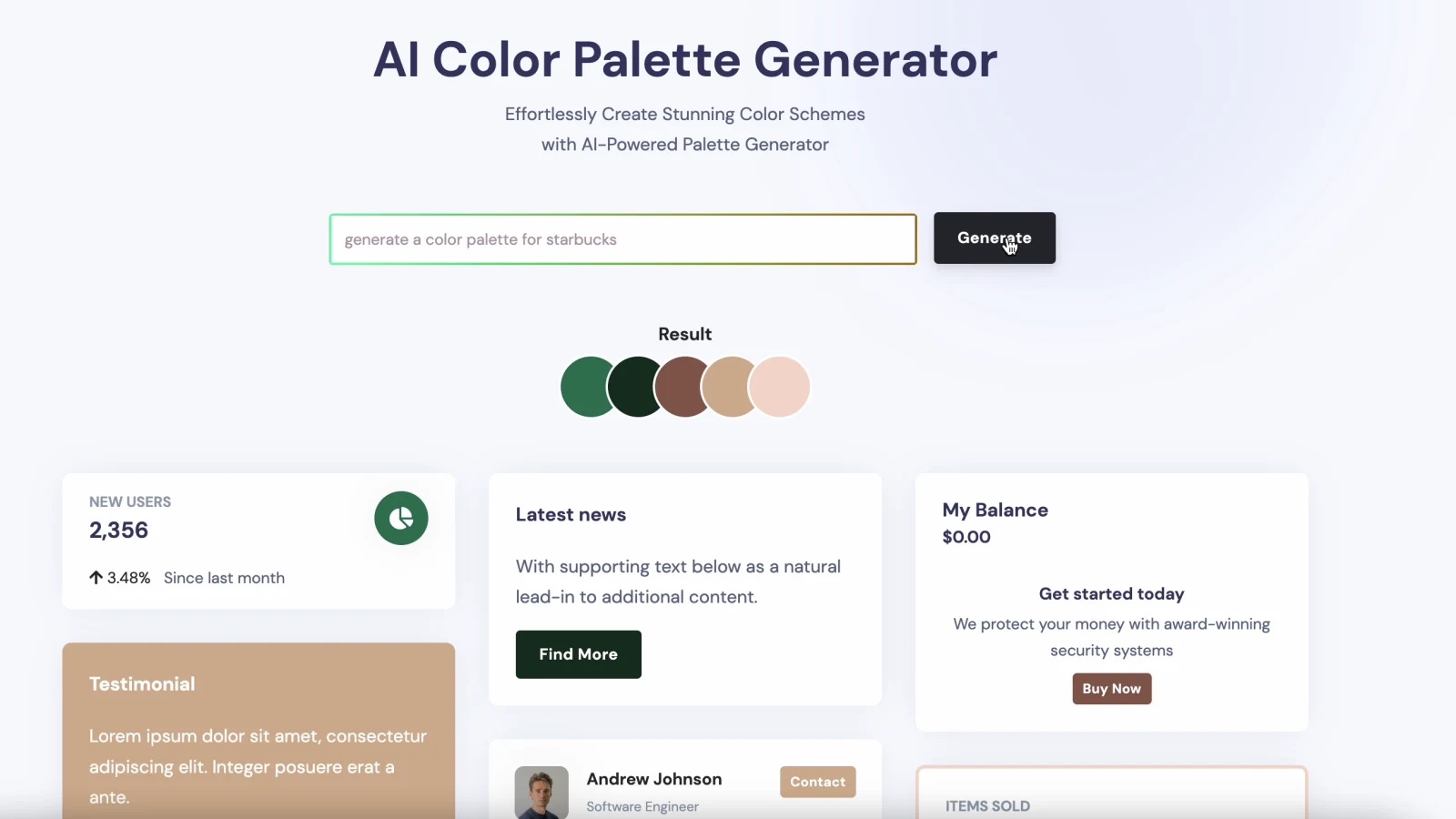
Bold Minimalism
A departure from the conventional clean aesthetic of minimalism, it incorporates more colors and intriguing fonts, resulting in a design that captivates the viewer’s attention. It represents a blend of restraint and boldness, offering a dynamic take on contemporary design principles.
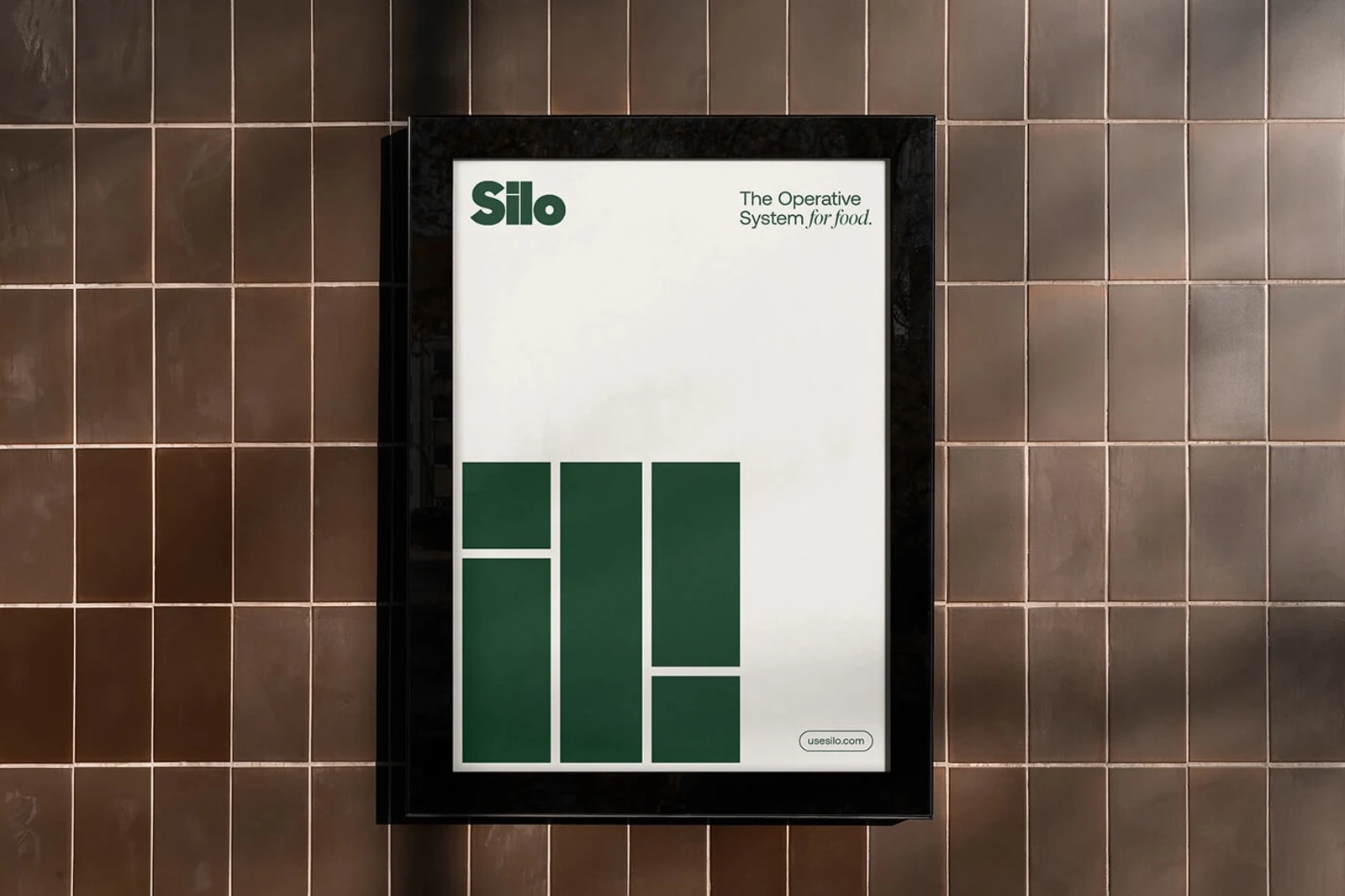
Bold Maximalism
Bold maximalism is a design philosophy that revels in opulence, embracing an extravagant blend of bold colors, intricate patterns, and diverse textures to craft rich and layered interiors. This style goes beyond traditional norms, utilizing an abundance of colors, patterns, and decorative elements to create spaces that are vibrant, alive, and deeply expressive of personality.
Bold maximalism, in contrast to its good friend bold minimalism, every inch of the design is considered an opportunity for visual stimulation, as patterns, details, and textures coalesce into an intentional design. Bold Maximalism is not just a design choice; it’s a bold statement that celebrates the beauty of excess and self-expression.
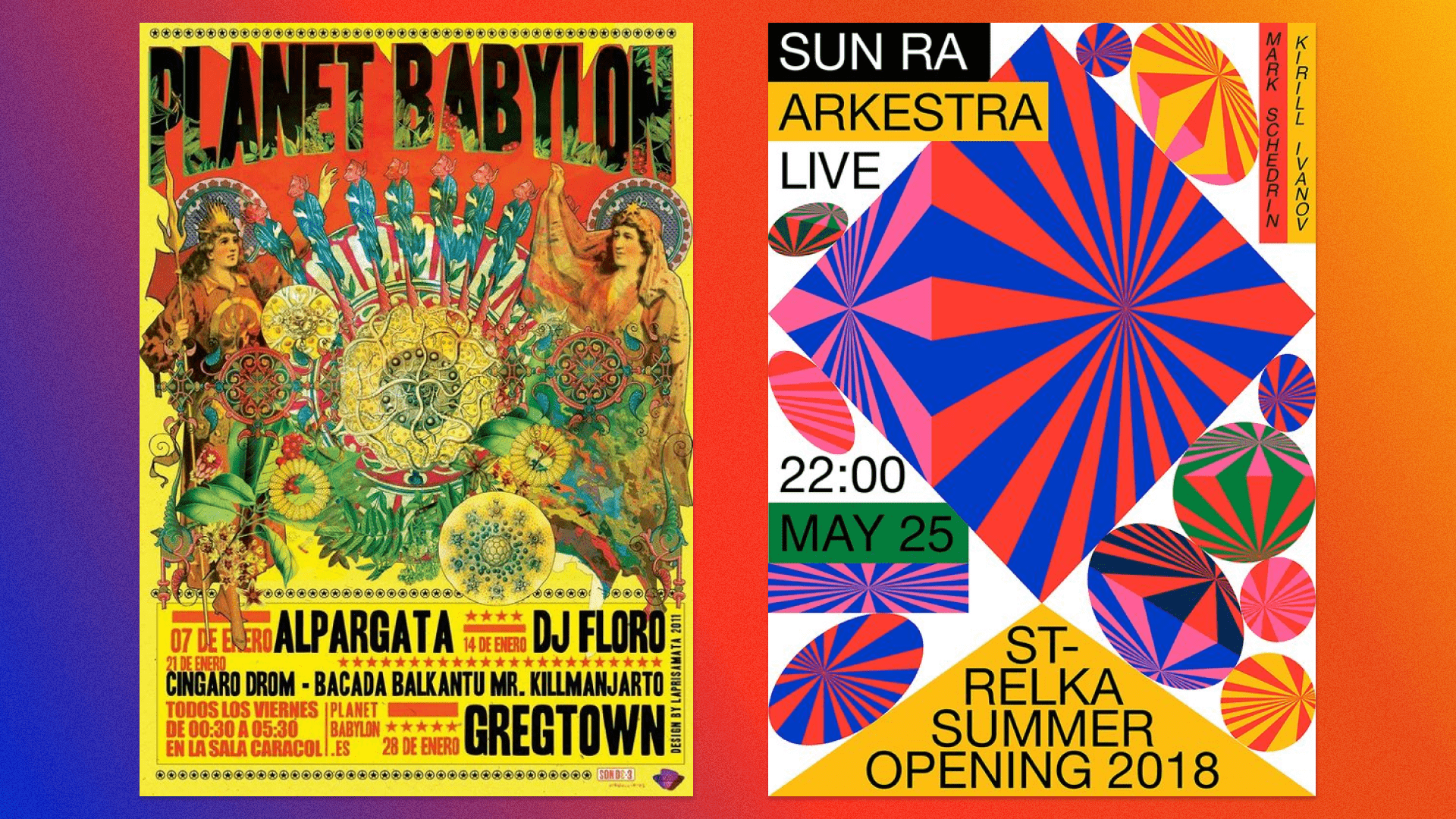
Branded Illustrations
Minimal Vintage

Utilitarian Design
Function-based design is not just about visual appeal; it’s about building a seamless and trustworthy interaction between the user and the design, where every element serves a purpose in enhancing usability and overall utility.
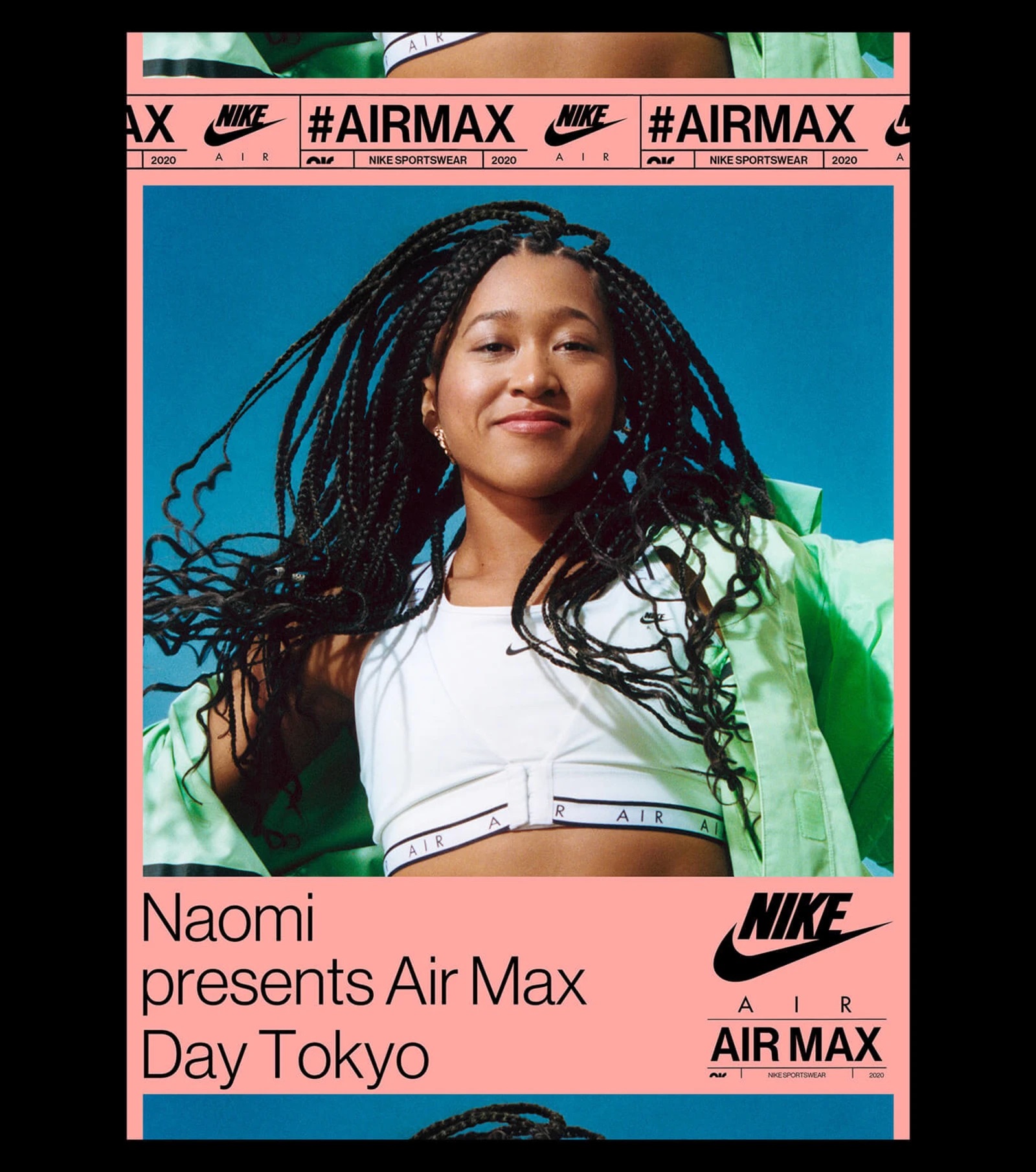
Motion Design
This dynamic approach, extending beyond static visuals, enhances the overall user experience by incorporating movement and interactivity. Motion design not only engages users but also allows brands to express their personality and identity. As a result, motion design plays a pivotal role in the overall success of products and platforms, creating visually appealing and immersive interactions in the landscape of digital experiences.
